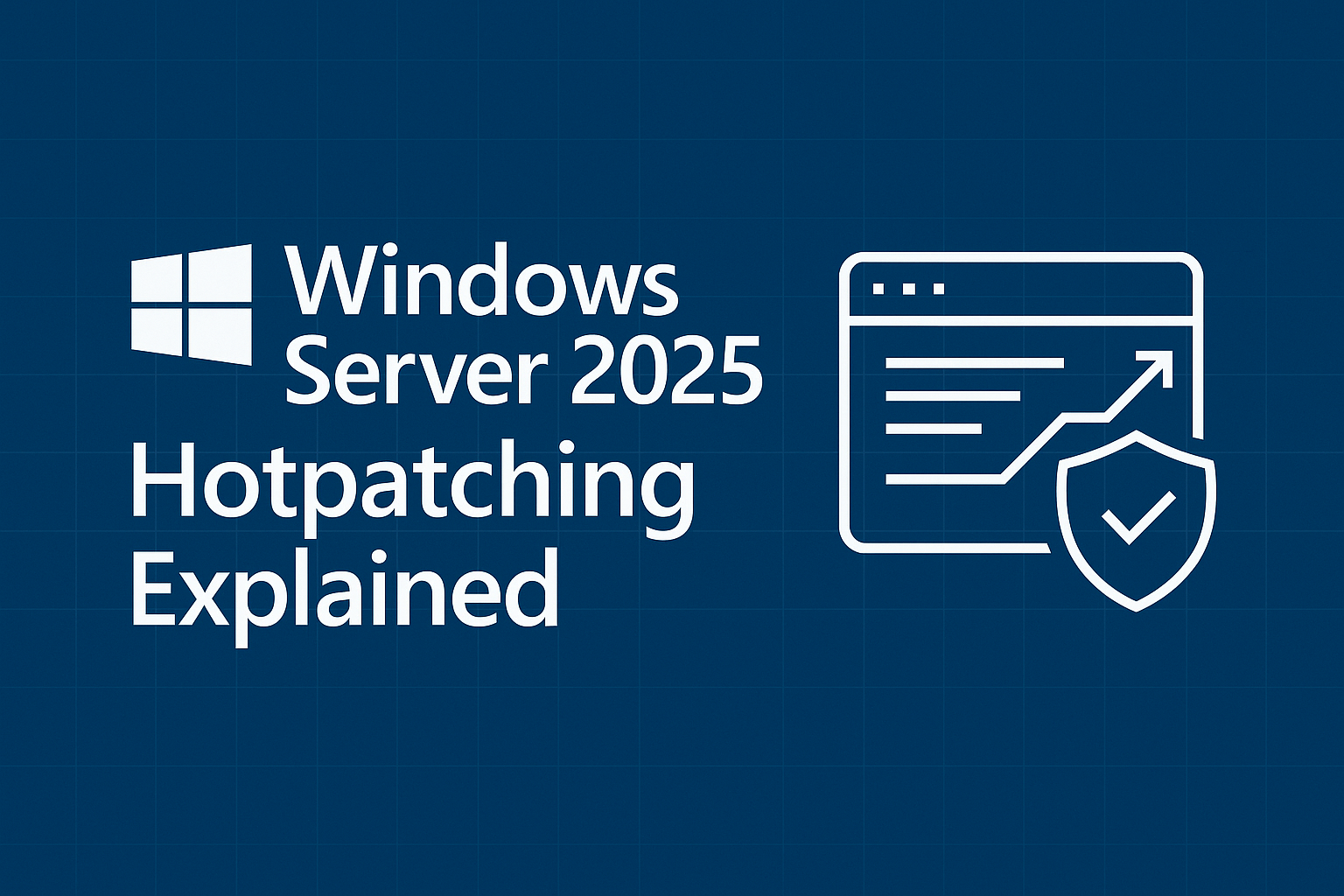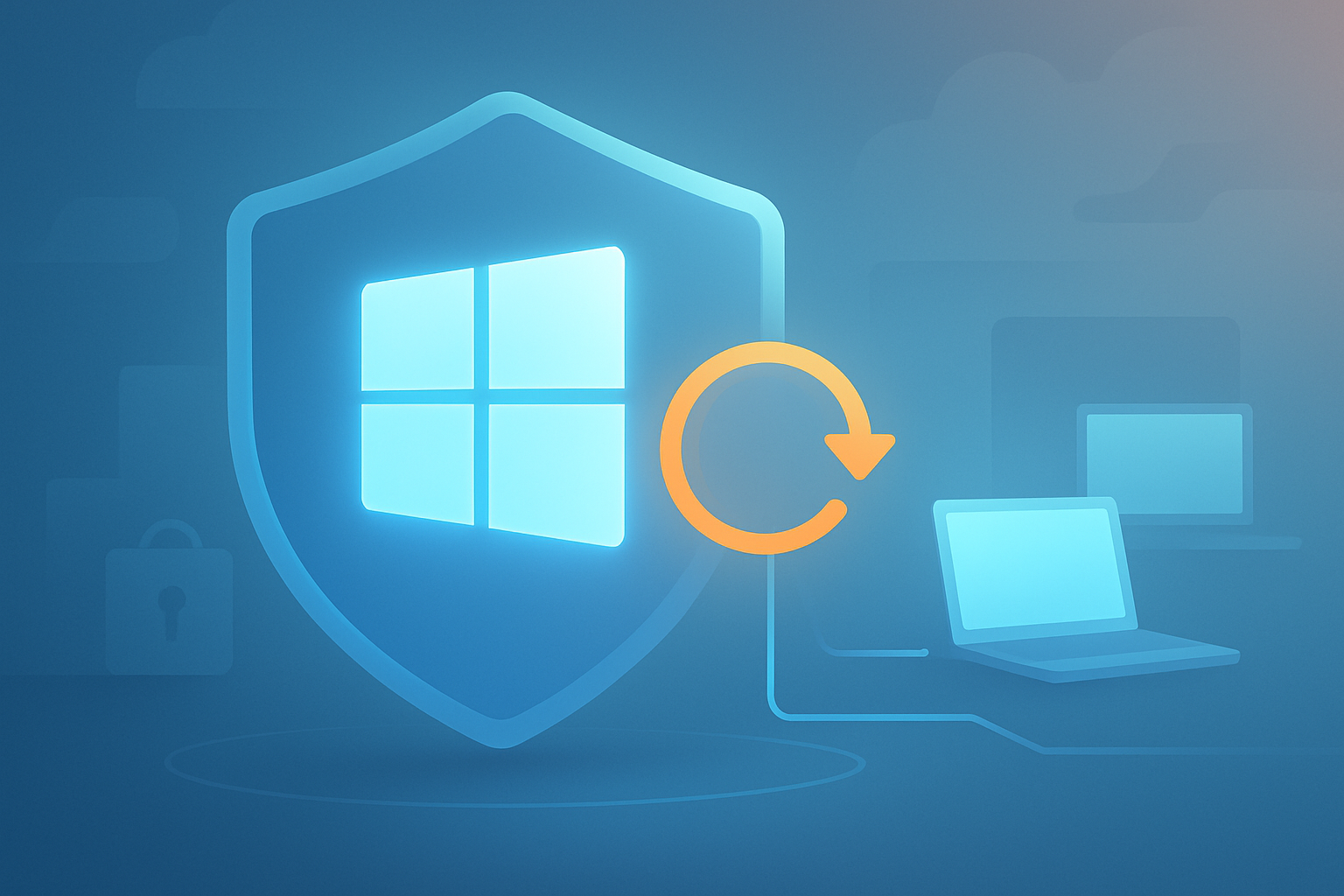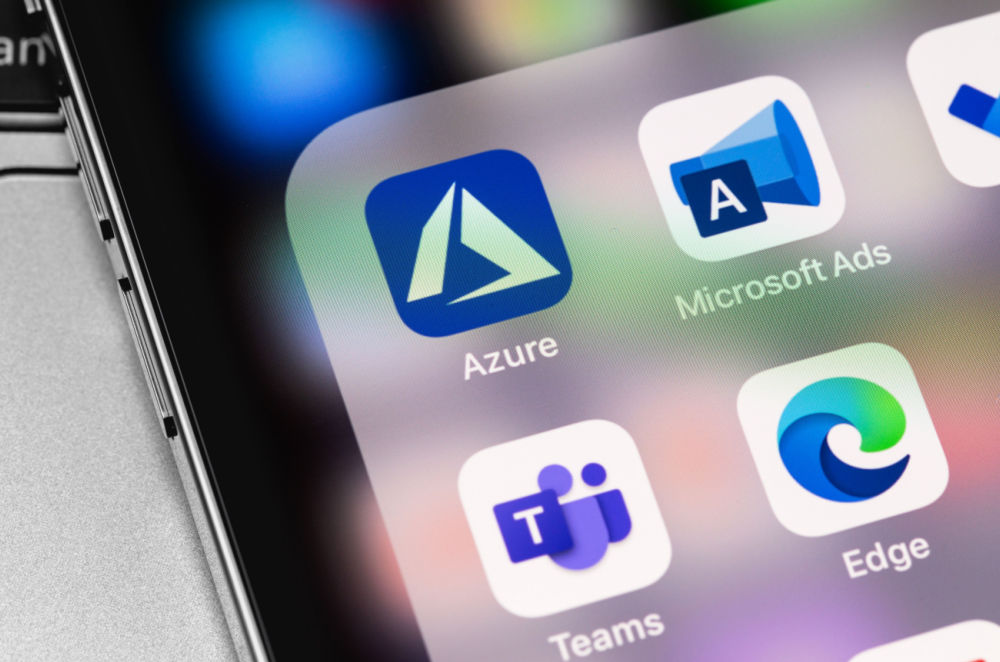Windows Client Hotpatching: Restart-Free Updates Now Available for Enterprise Devices
Microsoft just made life a little easier for IT leaders. As of version 24H2, hotpatching is now available for Windows 11 Enterprise clients,...
3 min read
Dave Rowe May 16, 2025 7:09:42 AM

Microsoft’s introduction of hotpatching for Windows Server 2025 promises to transform how IT leaders manage security updates, minimizing downtime by applying patches without reboots. Announced as a preview in 2024, this feature will transition to a paid subscription service starting July 1, 2025.
For IT leaders in SMBs and enterprises, this change brings both opportunities and considerations, especially for on-premises environments. This blog explores the benefits of hotpatching, its availability, pricing structure, and what it means for your organization’s update strategy.
Hotpatching allows administrators to apply security updates by patching the in-memory code of running processes, eliminating the need for a system reboot in most cases. Unlike traditional updates that require downtime, hotpatching ensures higher availability, making it ideal for mission-critical systems. Microsoft has offered hotpatching for Windows Server Datacenter: Azure Edition since 2022, with users like the Xbox team reporting update cycles reduced from weeks to days. Now, Windows Server 2025 extends this capability to on-premises and multicloud environments, provided servers are connected to Azure Arc.
While hotpatching reduces reboots, it doesn’t eliminate them entirely. Microsoft follows a three-month cycle: baseline updates in January, April, July, and October require reboots, while the following two months in each cycle deliver hotpatches—up to eight rebootless updates per year. On rare occasions, critical security updates may still require a reboot, even during hotpatch months.
Hotpatching offers several advantages for SMBs and enterprises managing Windows Server 2025:
For a 500-employee SMB running customer-facing applications, this means fewer service interruptions. For a 1,500-employee enterprise with global operations, it translates to faster security updates across distributed servers.
Hotpatching for Windows Server 2025 is available for Standard and Datacenter editions, but requires an Azure Arc connection, even for on-premises servers. Azure Arc enables management and delivers hotpatch updates, and there’s no additional cost for using Arc itself. Servers must also satisfy the requirements of Virtualization-Based Security (VBS) and use Unified extensible firmware interface (UEFI) with Secure Boot enabled, ensuring compatibility with modern security standards.
Windows Server Datacenter: Azure Edition users (on Azure IaaS, Azure Local, or Azure Stack) will continue to receive hotpatching at no cost, as it’s included by default.
Starting July 1, 2025, hotpatching for on-premises and non-Azure environments will cost $1.50 per CPU core per month. For example, a server with 32 cores would incur a monthly fee of $48, or $576 annually. Hotpatching will be billed to an organization’s Azure subscription through the Azure Update Manager service.
This pricing model has sparked debate among IT leaders—while the cost may be justifiable for organizations where downtime is expensive, it adds up for large data centers with thousands of cores. Critics argue that making a security-focused feature like hotpatching a paid add-on creates a two-tier system, where smaller organizations may face greater risks if they can’t afford the subscription.
Organizations currently testing hotpatching during public preview should be aware that Microsoft will automatically enroll them into the paid subscription starting July 1, 2025, unless they opt out by June 30, 2025.
Hotpatching isn’t a complete replacement for traditional updates. Non-security updates, .NET patches, and driver/firmware updates still require reboots, as do the quarterly baseline updates. IT leaders should weigh the benefits against the cost, especially for environments with high core counts. For organizations already using Azure Arc, adoption may be seamless, but those new to Arc will need to factor in the setup and management overhead.
Additionally, while hotpatching reduces vulnerability windows, it’s not foolproof—emergency patches may still require reboots, and misconfigured systems could face issues if VBS or Secure Boot aren’t properly enabled. IT teams should test hotpatching in a controlled environment before full deployment to ensure compatibility and reliability.
At CloudServus, we understand the balance between security, availability, and cost. Our team can assess your Windows Server 2025 environment, evaluate the impact of hotpatching, and help you decide if the subscription aligns with your needs. We can also streamline your Azure Arc setup and ensure your servers meet the technical requirements for hotpatching, minimizing disruptions.
Hotpatching in Windows Server 2025 offers a compelling way to reduce downtime and enhance security, but its subscription cost requires careful consideration. By understanding its benefits, requirements, and pricing, IT leaders can make informed decisions about integrating hotpatching into their update strategy.
Ready to explore how hotpatching fits into your infrastructure? Schedule a Cloud Infrastructure Assessment to prepare for this change.

Microsoft just made life a little easier for IT leaders. As of version 24H2, hotpatching is now available for Windows 11 Enterprise clients,...

Many businesses often hesitate to modernize their cloud infrastructure due to the significant costs associated with technology and business...

Microsoft recently announced a critical change to Azure App Service web applications; as of March 31, 2025, it will cease all disaster recovery mode...